CONTAINERs FOR PLANTATION
CONTAINERS YIELD MORE VEGETABLES WITH LESS WORK!
Plants in containers need the best possible soil, aeration, and drainage for healthy root growth and optimum harvest. Do not use soil from the garden: It is too heavy, can become waterlogged, and brings disease and insects with it. Choose instead a soilless mix (quick-draining and lightweight) or use compost, alone or combined with a soilless mix.
To maximize space and thus your harvest, plant root crops, low-growers, and tall climbers together in the same container. The climbers will eagerly scramble up a trellis, while the small plants spread around their base. You’ll hardly need to weed because there won’t be any room for weeds to gain a foothold, and during the height of summer, some low-growers (leafy greens, for example) will thrive in the shade provided by the taller plants.
How to Prepare Containers for Planting
Easy Do’s & Don’t’s to prepare your containers for planting:
- Do: Fill your pots with a quality potting soil mixture.
- Do not: Put rocks, Styrofoam, broken pieces of other pots, or other materials in the bottom of the container to “improve drainage”. Doing this will do this just the opposite.
- Do not: Fill the container with soil shoveled out of the garden beds. More likely than not, this material will be too dense for container growing.
Selecting a Container
As a general rule, select as large a container as possible. Small containers dry out more quickly and may need daily watering. Self-watering planters designed for urban balconies and patios extend the time between waterings. You’ll want to think about weight — once the pot is filled with wet soil and plant material it’s going to be very heavy. And you may want to think about appearance. What looks “goes” with your house and other pots? Even fabric pots are good for growing vegetables. With colorful Grow Bags, you can add some whimsy to your vegetable garden.
Most importantly, you’ll need to think about the depth of the container you’ll be growing in. Plants with deep root systems will be stunted and unhealthy if they don’t have adequate space. (See the list below.)
Remember that the deeper the pot, the larger the reservoir of moist soil, and the less often you’ll need to water. The exception is a self-watering planter. In this case, the depth of the planting area can be kept to a minimum because moisture is provided by a water reservoir below the planting area.
Find more with AgroMoris.


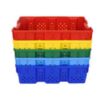


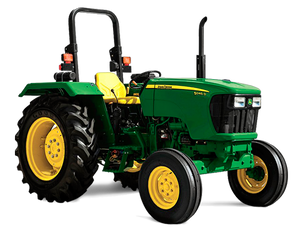

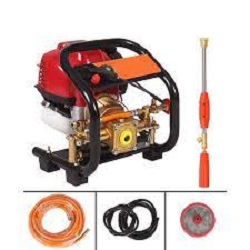
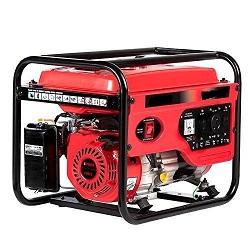
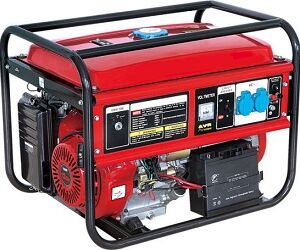
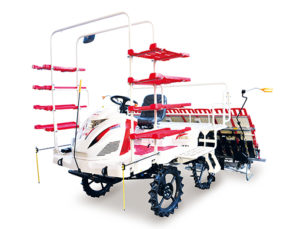

Reviews
There are no reviews yet.